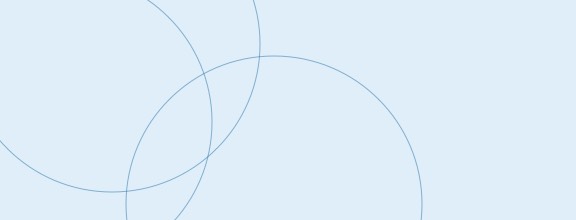
In the News
The Insidious Threat of Wildfire—Not What You Might Think
-
Focus Areas
Environmental Health -
Issues
Climate Change, Wildfires & Extreme Heat -
Programs
Center for Climate Change and Health

 Last December, the Thomas Fire tore through 280,000 acres in southern California, reducing neighborhoods to ash and triggering deadly mudslides. Across the nation, wildfires burned more than nine million acres in 2017—one of the worst fire seasons in decades. And as bad as wildfires are now, they are expected to get worse, due to climate change.
Last December, the Thomas Fire tore through 280,000 acres in southern California, reducing neighborhoods to ash and triggering deadly mudslides. Across the nation, wildfires burned more than nine million acres in 2017—one of the worst fire seasons in decades. And as bad as wildfires are now, they are expected to get worse, due to climate change.
It is clear that fires can cause far-reaching havoc, even after the blazes are extinguished. Less visible are wildfires’ impacts on public health.
Of course, wildfires are life-threatening for those in their path and for the firefighters who work to contain them: 54 people perished in wildfires across the American West last year. But health threats are not limited to those at the line of fire.
Wildfires fill the air with toxic smoke. Last year’s fires in northern California caused some of the worst air quality ever recorded. And smoke contains particulate matter, which can travel thousands of miles. Particulates invade our lungs and bloodstreams, exacerbating asthma and increasing the risk of lung cancer, chronic obstructive pulmonary disease and heart disease. Babies born to mothers who breathe particulates are often underweight and sickly.
According to a report in USA Today, recent California fires produced as much particulate matter in two days as all the state’s cars do in a year.
Wildfires are intensified by climate change and also help fuel it. Our nation’s forests pull climate-changing greenhouse gases from the air, capturing between 20-40 percent of U.S. carbon emissions. As those forests go up in smoke, their capacity to capture climate pollution is diminished.
There is much we can do to reverse these trends. First, we can keep people out of harm’s way, with smarter land-use policies that limit development along the urban-wildland border. We can also invest more in managing our forests.
And we can lessen the health impact of fire, especially for the most vulnerable. Wildfires and smoke are most harmful to people who are already in poor health—especially those with asthma, respiratory and heart disease. So we should focus efforts on low-income communities and communities of color.
We can reduce local air pollution from industry and transportation. One win-win solution is active transportation: more walking and biking means fewer cars, less pollution and more healthy physical activity.
Health officials also need better tools to track the impact of wildfire on public health. Expanded air monitoring could gauge public exposure to both chemical emissions and visible smoke. Real-time surveillance of the health status of people directly affected by wildfires can be used to quickly recognize—and mitigate—other impacts.
Most importantly, we must reduce carbon pollution to slow the pace of climate change and prevent its most catastrophic outcomes. As health professionals, we urge our elected representatives to secure a clean energy future that simultaneously protects our health.
Continue reading the full op-ed in The Progressive.
The op-ed was also published by the Napa Valley Register, the San Francisco Examiner, Havasu News, The Frederick News-Post, Emergency Management, Lompoc Record, Santa Maria Times, ArcaMax, and the Brandenton Herald.
Originally published by The Progressive
More Updates
Work With Us
You change the world. We do the rest. Explore fiscal sponsorship at PHI.
Support Us
Together, we can accelerate our response to public health’s most critical issues.
Find Employment
Begin your career at the Public Health Institute.



